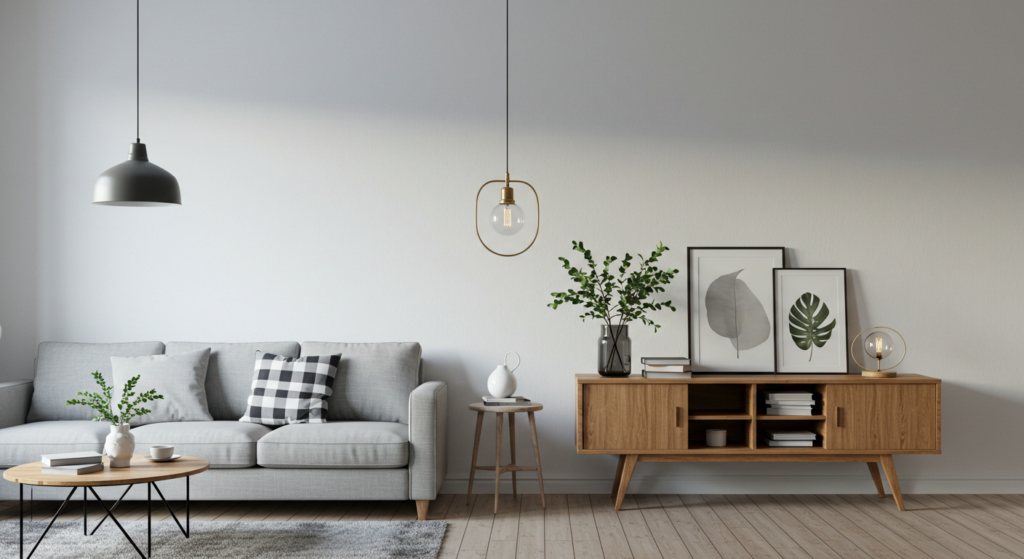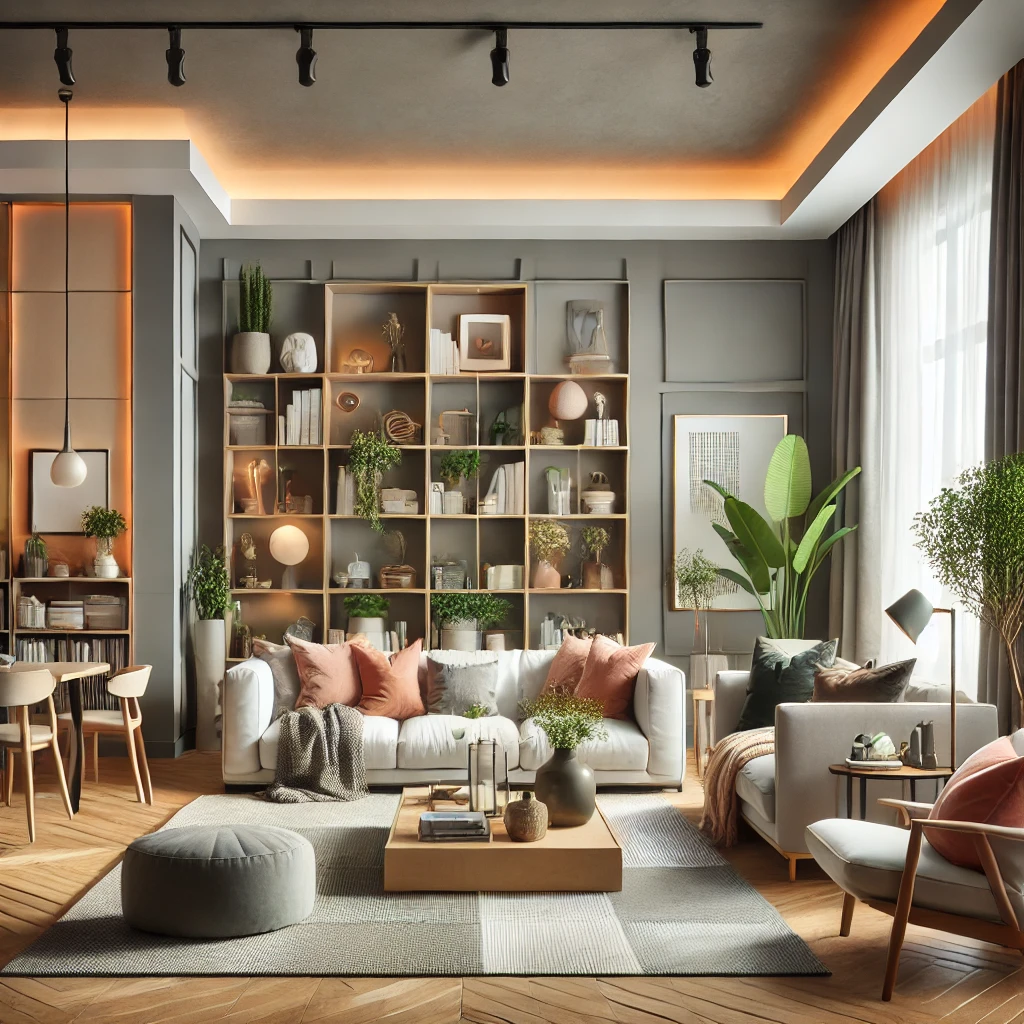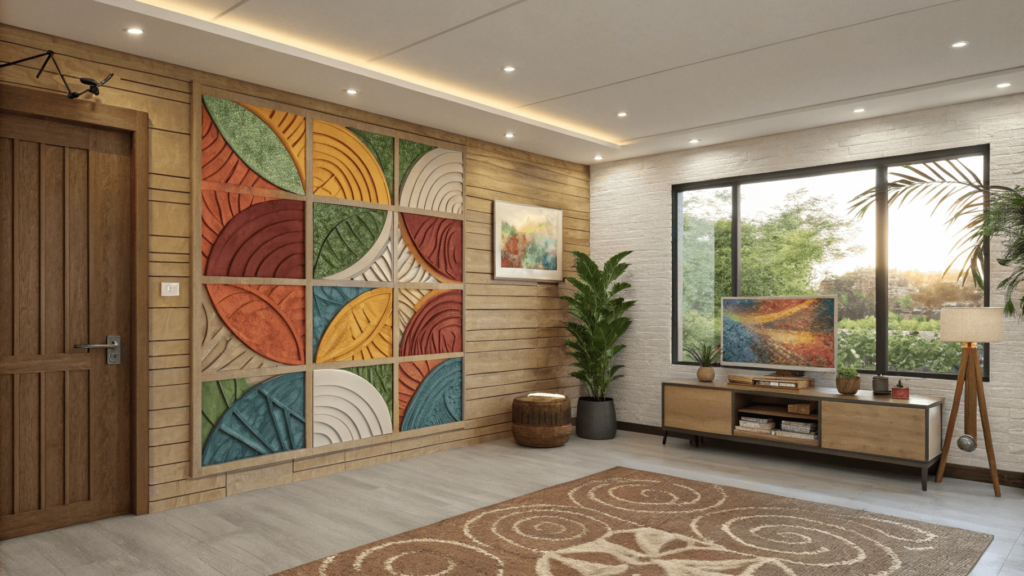Hey there, fellow design dreamers! Ever found yourself staring at a room, feeling like it’s screaming for a makeover, but your bank account is whispering “maybe later”? I totally get it. I’ve been on that same budget-conscious journey, turning drab spaces into dazzling havens without breaking the bank. And today, I’m letting you in on a little secret: with just $500, you can create a space that feels like it’s straight out of a magazine—no designer fees required. Seriously!
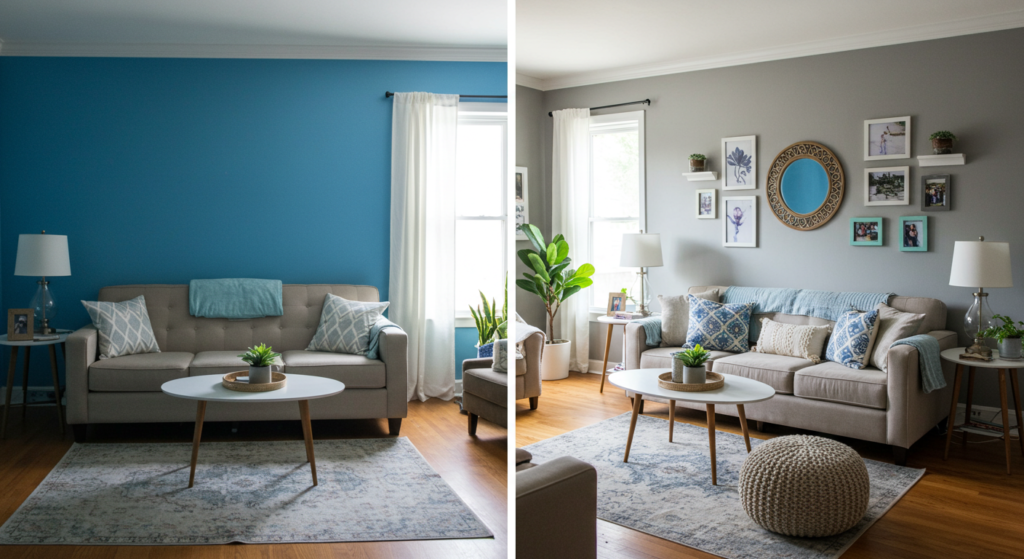
The $500 Myth Buster: Quality Design Doesn’t Need a Hefty Price Tag
Let’s face it; the endless scroll through Pinterest and Instagram can be both inspiring and a bit…intimidating. Those picture-perfect spaces can make it seem like stunning design requires a bottomless pit of money. But here’s a truth bomb I’ve learned through countless DIY projects: some of the most breathtaking room transformations are born from a tight budget and a whole lot of creativity. The real magic lies in knowing where to splurge (smartly, of course!) and where to flex your DIY muscles. It’s about strategy, not just spending!
Your $500 Design Blueprint: Strategic Planning is Key
Before we dive into specific tips, let’s break down a realistic and effective way to distribute your $500. Think of this as your budget blueprint:
- Paint and Supplies: $100 – This is where the magic begins!
- Statement Pieces: $150 – $200 – One or two impactful items make all the difference.
- Accessories & Styling: $100 – These details bring your personality into the space.
- Lighting:
50−50−100 – The unsung hero of a well-designed room.
Pro-Tip: Always, always have a little wiggle room! Set aside a 10% buffer for those unexpected treasures or happy accidents. Trust me, you’ll thank me later.
Game-Changing Design Tricks: Where the Magic Happens
1. Paint: The Transformation Powerhouse (Investment: $100)
Okay, let’s kick things off with the superhero of budget design—paint! It’s the most impactful thing you can do, and surprisingly, it’s the area where most people just scratch the surface (pun intended!). It’s not just about painting the walls, it’s about how you use that paint:
- Accent Walls That Wow: Go bold! Don’t be afraid to choose a color that’s a little dramatic. An accent wall can change the entire vibe of a room without overwhelming it. I once painted a dark, moody blue accent wall in my living room, and it instantly felt like a cozy, expensive den.
- Furniture Revival: That old dresser that’s been gathering dust? It’s time for a makeover! Chalk paint is a godsend for transforming outdated furniture without a lot of prep work. A fresh color and some new hardware can make it look brand new.
- Geometric Genius: Grab some painter’s tape and unleash your inner artist! Create geometric patterns on your walls for a modern, custom look. It’s an easy way to add personality and visual interest. I recently did a subtle chevron pattern in my home office, and it’s become one of my favorite features!
- The Forgotten Ceiling: Don’t forget about the “fifth wall”! Painting the ceiling a contrasting color, or even just a fresh coat of white, can make the whole room feel taller and brighter. I’ve seen rooms transformed just by adding a light shade to ceiling.

2. Furniture Facelift: The Art of the Savvy Shopper ($150 – $200)
“Quality furniture costs a fortune,” is a common concern, but here’s the key: you don’t need to buy everything brand new. Instead, focus on the power of the hunt and the magic of transformation:
- Thrift Store Treasures: My secret weapons? Facebook Marketplace, thrift stores, and even garage sales! You can find hidden gems—solid wood pieces that just need a little TLC—at incredibly low prices. Remember, it’s all about the bones. Focus on quality construction and classic shapes, not the current finish.
- Statement Piece Power: Instead of multiple mediocre items, focus on one standout piece that will elevate the whole room. It could be a cool chair, a vintage sideboard, or a unique coffee table. This will become the focal point of your space.
- DIY Upholstery Magic: Don’t be intimidated by reupholstering! With a little bit of fabric, a staple gun, and some YouTube tutorials, you can give new life to an old chair or cushion. Trust me, it’s more doable than it looks!
- My Personal Example: I recently found a gorgeous mid-century modern credenza at a local flea market for just $50. A quick sanding, a fresh coat of stain, and some new hardware later, it’s the star of my dining room! Total investment? About $75, and it’s a piece I absolutely adore.
3. Lighting: The Atmosphere Architect ($50 – $100)
Interior designers are obsessed with lighting because it can literally make or break a space. It sets the mood, highlights features, and adds a sense of warmth and comfort. Here’s how to make lighting work for you on a budget:
- Skip the Builder-Grade Basics: Say goodbye to boring, basic fixtures! Discount stores and online marketplaces are your friend. Find interesting sconces, pendants, and table lamps that add a touch of personality without breaking the bank.
- Layered Lighting is Key: Don’t rely on just one overhead light. Layer your lighting with floor lamps, table lamps, and even string lights to create depth and ambiance.
- Plug-In Sconces: Instant Sophistication: Add a couple of plug-in sconces near your bed or sofa for a touch of elegant charm. They’re surprisingly affordable and super easy to install—no electrician needed!
- LED Strip Magic: Add LED strip lights underneath cabinets, shelves, or behind your TV for a subtle, ambient glow. It’s a simple and inexpensive way to add a touch of drama and intrigue.

4. The Art of Accessories: Personality Personified ($50 – $100)
This is where you really get to let your personality shine! Accessories are the finishing touches that take a room from “nice” to “wow.” The best part? You don’t have to spend a fortune.
- Gallery Wall Wonders: Use thrifted frames to create a unique gallery wall. Fill them with printable art, postcards, or even your own photographs. It’s an affordable and personal way to add interest and character to your walls.
- End-of-Season Shopping Savvy: Browse end-of-season sales for high-end-looking pieces at a fraction of the cost. Stores often have great clearance deals after holidays, which are perfect opportunities to scoop up a few stylish finds.
- The High-Low Mix: Don’t be afraid to mix a few quality pieces with budget-friendly items. This creates a collected and intentional look without breaking the bank.
- Embrace Nature: Incorporate natural elements like branches, stones, or shells for organic appeal. They add texture and visual interest and remind us of the beauty in simple things.
Bonus Budget-Friendly Design Hacks: Going the Extra Mile
- Textile Transformations (Estimated
50−50−75): Dye your existing curtains for a custom look, recover throw pillows with trendy fabrics, layer affordable rugs for a designer feel, use fabric scraps to create one-of-a-kind art pieces. - Architectural Interest on a Budget (Under $100): Use peel-and-stick wallpaper for instant drama, add DIY molding for sophisticated detail, create faux built-ins using basic bookcases, and install floating shelves for vertical interest.
Commonly Asked Questions: Your Budget Design FAQs
- Q: Where do I start my room makeover?
- A: Always start with the largest visual impact for the lowest cost, such as painting or rearranging furniture. This provides immediate motivation and allows you to build from a solid base.
- Q: How can I make budget furniture look expensive?
- A: Pay attention to details like new hardware, paint or stain, and thoughtful styling. Changing the legs on a piece can also make a huge difference.
- Q: What are the biggest mistakes people make with budget decorating?
- A: Buying lots of small, cheap items instead of focusing on a few, quality pieces. Remember, quality over quantity always wins.
Your Action Plan: Get Started and Get Inspired
- Assessment:
- Document your space with photos.
- Create a wishlist of changes.
- Identify what needs to go and what can stay.
- Planning:
- Break down your budget.
- Research techniques and get inspiration online.
- Source your supplies and materials.
- Execution:
- Start with the big impact elements.
- Work in sections to avoid overwhelm.
- Document your progress.
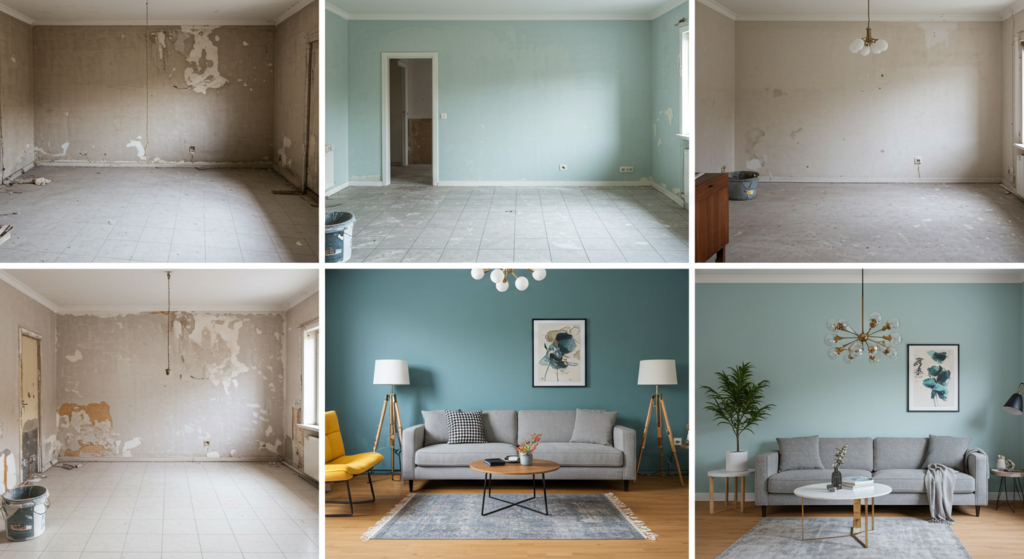
Final Thoughts: Your Space, Your Story
Remember, incredible design isn’t about how much you spend; it’s about how creatively you use what you have. Your space should tell your story, and often, the best stories are told with DIY solutions, thoughtful choices, and personal touches.
So, are you ready to transform your space? Start by taking stock of your current space and then make that first step with your budget breakdown. You’ve got this! And remember, the best room makeovers happen one smart decision at a time.

